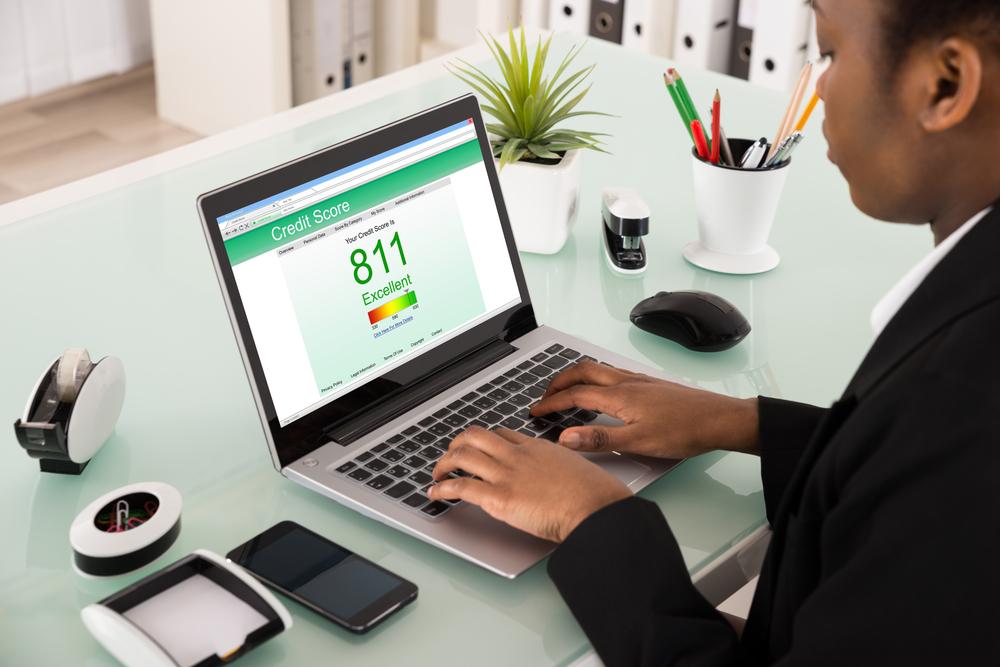Guide to Understanding Your National Credit Report
This comprehensive guide explains how national credit reports are prepared, their key sections, usage by lenders and other entities, and how individuals can access and dispute their credit information. Understanding your credit report helps manage finances better and ensures fair credit practices.
Sponsored

Guide to Understanding Your National Credit Statement
What is a national credit report
A credit report compiled by a credit bureau offers a comprehensive record of an individual's borrowing history. It includes details about accounts, credit inquiries, and financial behaviors. The report may also contain personal information such as full name, date of birth, employment history, Social Security number, and current and previous addresses.
Bankruptcy records stay on the report for approximately 10 years.
Negative details like missed payments, collections, or charge-offs are retained for 7 years.
The report details include account opening dates, highest balances, recent payments, credit limits, loan amounts, and the status of various accounts, whether paid on time or overdue.
What are the main sections of a credit report?
The report is divided into four primary areas.
The top section displays personal details like Social Security number, full name, and other identifiers.
The second section covers credit accounts or trade lines.
Information about bankruptcies, judgments, tax liens, and public records appears in the third section.
The final section lists entities and lenders that have accessed your credit report.
How are these reports created?
Credit bureaus compile these reports based on data collected from various sources.
This data includes the individual's payment history and personal details.
The bureaus generate income when lenders pay fees to access these reports.
Major agencies responsible for report generation are Experian, Equifax, and TransUnion.
Who uses credit reports?
Lenders use them to assess creditworthiness for loans, insurance, or renting properties.
Other users include insurers, landlords, and sometimes employers with consent.
How to obtain a free credit report?
You are entitled to one free report from each of the three main bureaus annually.
You can choose to access all three at once or spread them throughout the year.
How to view your credit report online?
While credit bureaus operate independently, the government endorses a website for free online access.
Visit AnnualCreditReport.com to request your free reports from the bureaus.
When to file a complaint against a credit bureau?
If disputes remain unresolved or incorrect information persists.
If improper use of your data occurs.
If you do not receive your credit report upon request.
How to report issues?
Complaints can be lodged with the Consumer Financial Protection Bureau either online or by phone at 1-855-411-2372.






